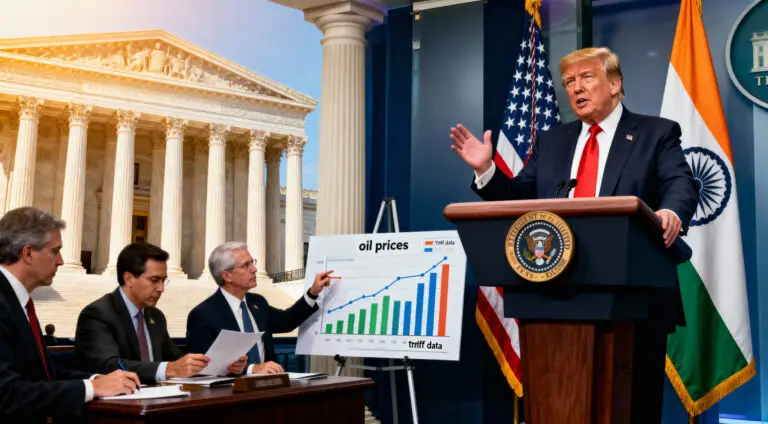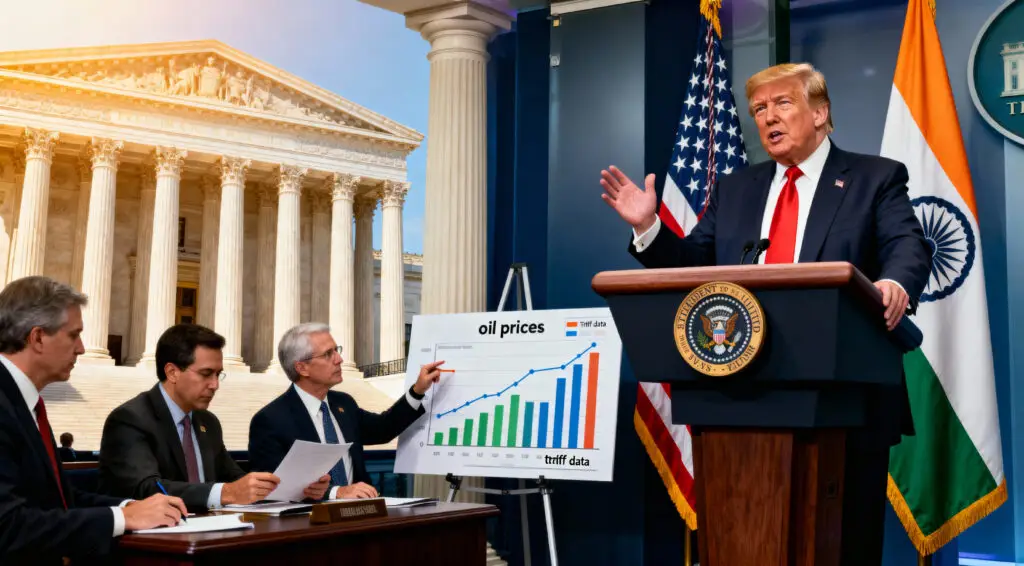Trump’s Executive Order and Its Market Impact
The cryptocurrency market experienced a notable jump on Thursday following news that President Donald Trump is set to sign a new executive order that would allow 401(k) retirement accounts to invest in a range of alternative assets. These assets include not only private equity and real estate but, most notably, digital assets. This announcement, confirmed by CNBC, was met with immediate excitement across the market, as it has been a long-awaited development for crypto proponents. The price of Bitcoin climbed around 1% to reclaim the $116,000 level for the first time since July 31, while Ether surged almost 5%, also reaching a one-week high.
This strong market reaction underscores the profound impact that the inclusion of cryptocurrencies in retirement plans could have on the digital asset ecosystem. Crypto-linked stocks also saw a significant boost, with Coinbase gaining 3%, Galaxy Digital advancing 6%, and Bitmine Immersion rising nearly 8%. This collective surge in prices across the crypto sector and related equities highlights the market’s perception of this executive order as a pivotal event for mainstream adoption and institutional legitimisation.
The “Holy Grail” of Crypto Adoption
The widespread inclusion of Bitcoin in Americans’ retirement accounts has long been considered a “holy grail” for crypto adoption. This is because it would effectively integrate cryptocurrency into the very fabric of U.S. financial infrastructure, a move that would significantly expand access to digital assets and encourage a crucial long-term investment mindset. The sheer scale of the retirement market in the U.S. is staggering, currently valued at a colossal $43 trillion, with nearly $9 trillion held specifically in 401(k) plans.
This dwarfs the current crypto market cap of nearly $4 trillion, indicating the immense potential for capital inflow. As Galaxy CEO Michael Novogratz noted, this executive order “widens the aperture” for crypto adoption, bringing more people into the ecosystem by making it available through the financial institutions they already trust, such as Fidelity and T. Rowe Price. This institutional integration would not only legitimise crypto as a serious, long-term investment asset but also provide a consistent source of demand, further stabilising the market and fostering a more mature investment environment.
New Order Accelerates Bitcoin 401(k) Adoption
The idea of including Bitcoin in 401(k) plans is not entirely new, but it has faced significant hurdles in the past. In 2022, Fidelity became the first retirement plan provider to offer investors the option to put Bitcoin in their 401(k)s. However, the service’s adoption since then has been notably low, largely due to a confluence of unfavourable factors. That year’s rate hike-driven bear market, for instance, created a cautious economic environment that was not conducive to riskier assets.
Furthermore, lingering regulatory risk from the previous administration, as well as general caution and scepticism from both investors and plan sponsors, created a prohibitive atmosphere for new crypto investment products. The new executive order, therefore, represents a crucial step in removing these barriers and providing a clearer, more supportive path for broader adoption. By creating a more favourable regulatory environment, the Trump administration aims to accelerate the integration of crypto into mainstream financial products, moving past the initial slow start and signalling a new phase of institutional acceptance and growth.
The US Aims to be “Crypto Capital” with New Policies
The executive order on 401(k)s is the latest in a series of proactive efforts by the Trump administration to solidify the U.S. as the “crypto capital of the world.” This policy shift began in July with the signing of stablecoin legislation, known as the GENIUS Act, into the first official U.S. crypto law. This and other pro-crypto initiatives signal a clear policy shift aimed at fostering innovation and providing a more favourable and defined regulatory framework for digital assets.
By addressing key areas like stablecoins, which are vital for a functioning digital economy, and now retirement plans, the administration is actively working to integrate cryptocurrencies into the existing financial system. This strategic approach is seen by many in the industry as a profoundly positive development that could pave the way for a new era of growth and adoption for Bitcoin and other digital assets in the United States. This effort to create a clear and supportive regulatory landscape is crucial for attracting both institutional and retail investors, ensuring the U.S. remains at the forefront of the global digital finance revolution.
The Potential Impact on Traditional Financial Institutions
This executive order is expected to have a significant ripple effect on traditional financial institutions. As the regulatory and policy landscape becomes more favourable, major financial players, including large asset managers, pension funds, and retirement plan providers, will be more inclined to offer crypto investment options. This could lead to a competitive race among these institutions to provide the most attractive and secure crypto products for their clients’ retirement portfolios.
The inclusion of digital assets in 401(k)s would require these institutions to develop robust infrastructure for custody, security, and trading, which would further legitimise the crypto industry. The move could also lead to a surge in demand for services from crypto-native companies that can provide institutional-grade solutions. This collaboration between traditional finance and the crypto world would be a powerful force for mainstream adoption, as it would expose a vast new demographic of investors to digital assets through familiar and trusted channels.
New Executive Order Fosters a More Mature Bitcoin Market
The inclusion of Bitcoin in 401(k) plans is also expected to have a stabilising effect on the cryptocurrency market in the long term. Retirement accounts are inherently designed for long-term investing, often spanning decades. This means that capital flowing into crypto through these vehicles would be less susceptible to short-term market volatility and speculative trading. Instead, it would represent a consistent and sticky source of demand, providing a solid foundation for price stability and growth.
This long-term investment mindset, which is a core characteristic of retirement planning, would help to counterbalance the more volatile, short-term trading dynamics that have historically defined the crypto market. By encouraging a “buy and hold” approach for a new segment of investors, the executive order could contribute to a more mature and resilient market, paving the way for sustained, long-term growth for Bitcoin and other digital assets.
Read More: Bitcoin Cango Inc. Mining Operations Surge in July















